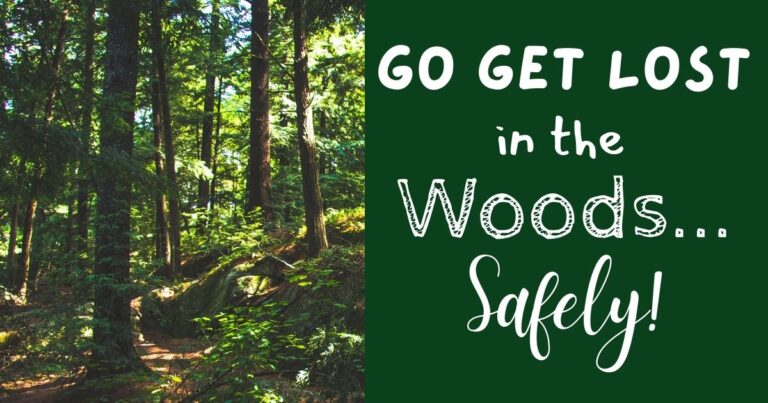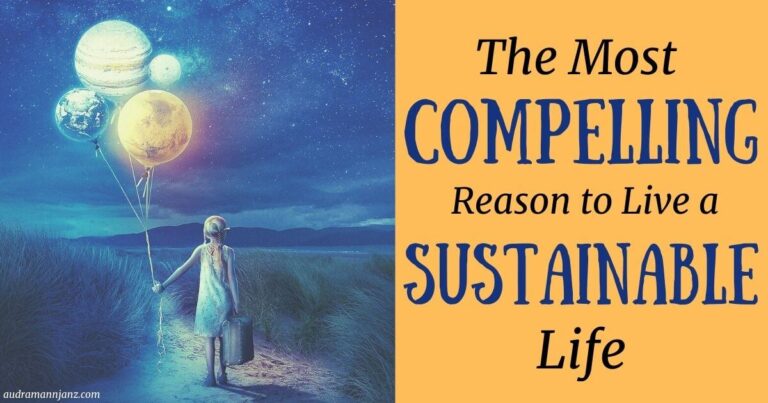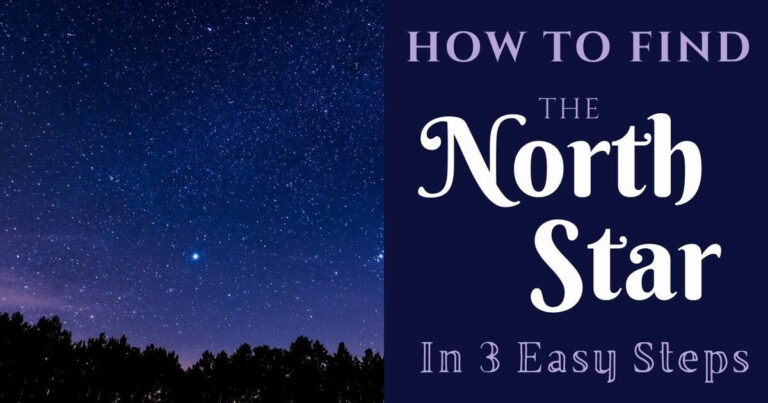Do you like feeling the Earth beneath your feet?
Or picking up rocks on a riverbed?
Or climbing mountains just to see what you can see from the top?
Yes? Then you should care about the rock cycle!
You should care about the rock cycle because the rock cycle directly affects your life.
Because of the rock cycle, you have riverbeds to scour and mountains to climb!
We can make fantastic sculptures, create glittering jewelry, and even grow food because of the rock cycle.
No exaggeration – it is because of the rock cycle that we are alive!
Yes, rocks really are that cool!
And while there are many forces acting on the planet, one of the main mechanisms of the rock cycle is carried out by forces deep within the Earth’s core – which constantly move the Earth’s tectonic plates.
Tectonic plates are the giant, conveyor-like blocks of Earth’s crust/upper mantle (the layer of Earth just beneath the crust) that surround the whole planet.
The interactions between the tectonic plates form mountains, volcanoes, earthquakes, trenches, ocean floors, and all sorts of other features, conditions, and events we see on the planet!
And every time there is motion in the tectonic plates, there are new rocks form.
Most things in Nature are cyclical, and the rock cycle is no exception.
The spherical
So drop the pride, push up your glasses, and nerd out with me.
It’s gonna be awesome!
Let’s rock!
Rock Cycle Basics
There are three basic types of rocks. They are:
1) Igneous
2) Sedimentary
3) Metamorphic
Each rock type is different than the other two, but they are also very, very related to each other.
So related, in fact, that they shape-shift into one another all the time! And because nothing is ever as simple as it seems, the “stations” of the rock cycle are not always linear.
Rocks can follow a pattern like this:
Igneous >>> Sedimentary >>> Metamorphic >>> Igneous
Or like this:
Sedimentary >>> Igneous >>> NEW Igneous >>> Sedimentary >>> NEW Sedimentary
Or even like this:
Metamorphic >>> Sedimentary >>> Igneous >>> Metamorphic >>> NEW Metamorphic
The possibilities for how rocks get to and from the rock cycle’s “stations” are endless, but the three stations – igneous, sedimentary, and metamorphic – define the different rock types, and can teach us the much about history of any given rock.
In other words, the rock cycle is a cycle…but it’s all sorts of wibbly-wobbly.
And maybe it’s more of a web?
Regardless of how you look at the cycle, or the path of any given rock along the track, we need all of the rock types to have any one of them.
And you need raw materials to work with for every process in the rock cycle.
Igneous processes need rocks to melt to form new igneous rocks.
Sedimentary processes need bits of rocks and other debris to layer into sedimentary rocks.
Metamorphic processes need rocks to heat and mold into metamorphic rocks.
That’s why it’s important to note that there’s really no beginning to the rock cycle. All of the rock cycle’s processes happen simultaneously!
We live on an active planet!
Change is always occurring, and new rocks are constantly forming.
Magma and lava are always cooling into brand new igneous rocks.
Sediment is always forming and being transported, deposited, packed down, and/or “glued” together into new sedimentary rocks.
And metamorphism is always changing rocks into fantastic new shapes and patterns, eventually producing new metamorphic rocks.
Is this all cool or what??
Let’s take a closer look at the rock types and their relationship.
“Stations” of the Rock Cycle
1) The Igneous Station
We start with melted rock.
A melt is like a reset button and serves as the “beginning” of the rock cycle.
Sorta.
Because…well, you have to have something to melt before you can melt it, right?
It’s the chicken or the egg here.
Anyway.
Let’s start with MAGMA!
If you heat up a rock enough, it will eventually melt.
If that melting happens below the Earth’s surface, the melted rock stuff is called “magma.”
If that melted material comes above the Earth’s surface, it is called “lava” instead.
The stuff that erupts from volcanoes? Lava.
The stuff that is still inside the volcano before it explodes (or slowly oozes) out of the Earth? Magma!
Any rock formed by cooling & hardening magma or lava is called an “igneous” rock.
And because the melt resets the “rocky clock,” so to speak, an igneous rock acts as the first rock “station” of the rock cycle.
The second stop in the rock cycle – after the processes of weathering and erosion and deposition and lithification (don’t freak out, I’m going to define these words!) work their magic – is a sedimentary rock.
2) The Sedimentary Station
Sedimentary rocks form from what is called “sediment.”
Sediment is bits of rock (and other debris/chemicals) that have broken off their source, moved away, and settled down in a layer somewhere else.
The breaking down of rocks through natural processes (e.g., rain, wind, heat, ice, etc.) is called weathering.
Weathering creates rocky pieces of all shapes and sizes.
But erosion is what moves those pieces of rock away from the parent rock.
Sediment doesn’t have to move fall far from the tree…I mean, rock…but it can travel for many miles.
Even to the other side of the Earth!
Did you know that sands from the Sahara desert delivers nutrients to the Amazon rainforest? That’s erosion in action!
Cool, huh?
One of the most barren areas on our planet lends life to one of the most abundant.
How deeply connected this big, wide world is!
Anyway, erosion is the process that moves sediment (including Saharan sand) around the planet.
Eventually, though, sediment gets off of the erosion train and settles down.
This settling down is called “deposition.”
Deposition forms layers from the sediment produced through weathering and erosion – and starts forming a sedimentary rock!
“Sediment” doesn’t necessarily contain only rock pieces, either.
Sediment – and sedimentary rocks – can contain organic material and chemicals/nutrients too.
That’s why sand has value to the rainforest! Nutrients/chemicals/minerals from rocks are essential to life.
“Organic material” means things that may have been alive once – or substances that were used/left behind by creatures that were, like shells…
Or trees & plants…
Or whole skeletons (OMG, dinosaurs, right??)…
Or even ancient poo! (FYI: A petrified pile of dino doo is called a coprolite. For real!)
Anyway, sediment is loose bits of stuff – pieces of other rocks, chemicals, and/or organic material – that are layered together and harden into a rock.
The process of forming a sedimentary rock from sediment is called lithification.
How does loose sediment lithify?
Well, that original loose material that was deposited in the perfect spot has more sediment piled on top of it.
And then more is piled on top of that.
And more on top of that – until you have layer upon layer of the stuff!
The sheer weight on top of the very first sediment layers can eventually get so heavy and pack them together so closely that a rock forms!
This agent of lithification is called compaction.
Sometimes, another lithification agent called cementation plays a role in forming sedimentary rocks, too.
During cementation, an external material – such as a mineral-filled fluid – is introduced to the sediment layers, and, through chemical reaction, acts as a glue and forms a rock.
Often, compaction and cementation work together to form new rocks.
Sedimentary, my dear Watson!
Next stop: Metamorphic City!
3) The Metamorphic Station
Metamorphic rocks are shape-shifters.
Much like igneous and sedimentary rocks, metamorphic rocks are made from other rocks.
Metamorphic rocks can form from any other type of rock – an igneous rock, a Sherlock…I mean, sedimentary…rock, or even another metamorphic rock.
How does a metamorphic rock form?
Take any rock, subject it to a BUNCH of heat and pressure – but stop before it actually melts (or you’d end up in Igneous Land again) – and a new metamorphic rock is born!
Metamorphism is the act of changing something into something new.
Metamorphic rocks, therefore, are aptly named!
The rocks that form through metamorphism are entirely different from their “parent” rocks.
Some changes are not very noticeable (although, chemically, the rock is different!)
But, some changes can be very drastic.
Metamorphism can create new minerals from the raw ingredients present in a rock, for example.
That’s pretty awesome, huh?!
There are different types and degrees of metamorphism.
But all types of metamorphism are related to each other since (most) metamorphic conditions are directly linked to the motion of the Earth’s tectonic plates.
The forces involved with moving the tectonic plates are massive – but not every part of a tectonic plate experiences those forces in the same way. So, the type and degree of metamorphism a rock displays depends on the conditions it has been through.
Contact metamorphism, for instance, can occur when magma essentially “scalds” the surrounding rock it comes into contact with.
In contrast, a rock caught between two colliding tectonic plates might show folded layers or develop mineral bands in repetitive patterns, like a gneiss.
Both of these examples produce metamorphic rocks – but they look very different because they experienced different metamorphic conditions.
Either way, change is cool!
If you put a rock under enough temperature and pressure to melt it – you’re back to the beginning of the rock cycle!
And the beat goes on…I mean, cycle!
Conclusion
Rocks are awesome.
They literally support life on this planet – both physically and nutritionally.
And they are constantly moving, morphing, and recycling themselves! From one stop of the rock cycle to the next and back again.
Igneous to sedimentary to metamorphic to igneous.
With lots of skipping around. Forever!
The Earth is such a dynamic place.
And you’re part of it!
Rock on!




